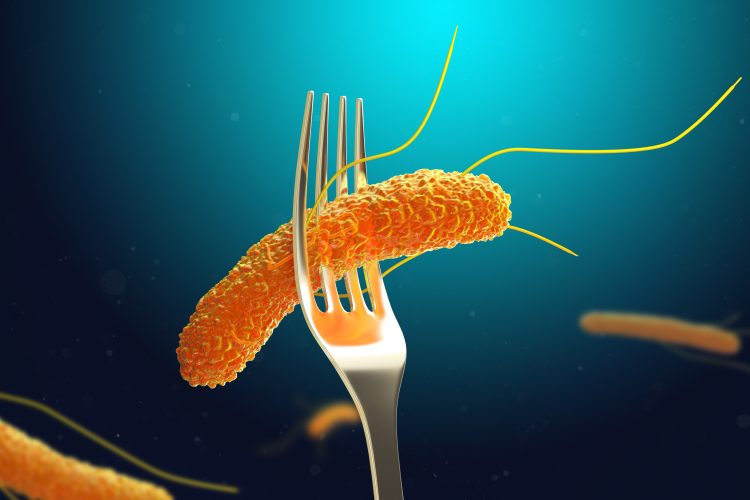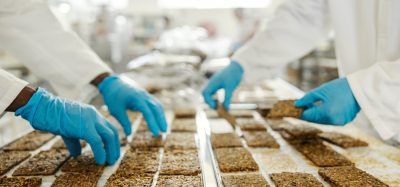Novel handheld device alerts multiple bacterial threats “within an hour”
- Like
- Digg
- Del
- Tumblr
- VKontakte
- Buffer
- Love This
- Odnoklassniki
- Meneame
- Blogger
- Amazon
- Yahoo Mail
- Gmail
- AOL
- Newsvine
- HackerNews
- Evernote
- MySpace
- Mail.ru
- Viadeo
- Line
- Comments
- Yummly
- SMS
- Viber
- Telegram
- Subscribe
- Skype
- Facebook Messenger
- Kakao
- LiveJournal
- Yammer
- Edgar
- Fintel
- Mix
- Instapaper
- Copy Link
Posted: 8 April 2024 | Grace Galler | No comments yet
Researchers at Osaka Metropolitan University have created a handheld sensor that they claim can achieve “quick on-site” bacterial contamination results.


A group of researchers based at Osaka Metropolitan University have claimed that their new handheld device can detect multiple bacteria in food products electrochemically using organic metallic nanohybrids.
The team has shared that the rapid detection of pathogens including E. coli and Salmonella is “crucial in preventing outbreaks of foodborne illness”.
Typically, practices to detect bacterial contamination involves testing food samples in a laboratory to asses the type and quantity of bacteria that forms in a petri dish over a span of days. However the Osaka Metropolitan University research team have claimed their novel handheld device allows for “quick on-site detection”.
The study was led by Professor Hiroshi Shiigi of the Graduate School of Engineering and was published in the journal Analytical Chemistry. The research group experimented with a biosensor that can “simultaneously detect multiple disease-causing bacterial species within an hour”.
“The palm-sized device for detection can be linked to a smartphone app to easily check bacterial contamination levels,” commented Professor Shiigi.
To carry out the study, the team synthesised organic metallic nanohybrids of gold and copper that do not interfere with each other, so that electrochemical signals can be distinguished on the same screen-printed electrode chip of the biosensor. These organic−inorganic hybrids are made up of conductive polymers and metal nanoparticles. Following this, the antibody for the specific target bacteria was introduced into these nanohybrids to serve as electrochemical labels.
Results of the study confirmed that the synthesised nanohybrids functioned as efficient electrochemical labels, enabling the simultaneous detection and quantification of multiple bacteria in “less than an hour”.
“This technique enables rapid determination of the presence or absence of harmful bacteria prior to shipment of food and pharmaceutical products, thereby helping to quickly ensure safety at the manufacturing site,” continued Professor Shiigi.
Looking to the future, the research team has said that it is looking to develop new organic metallic nanohybrids to simultaneously detect additional bacterial species.









